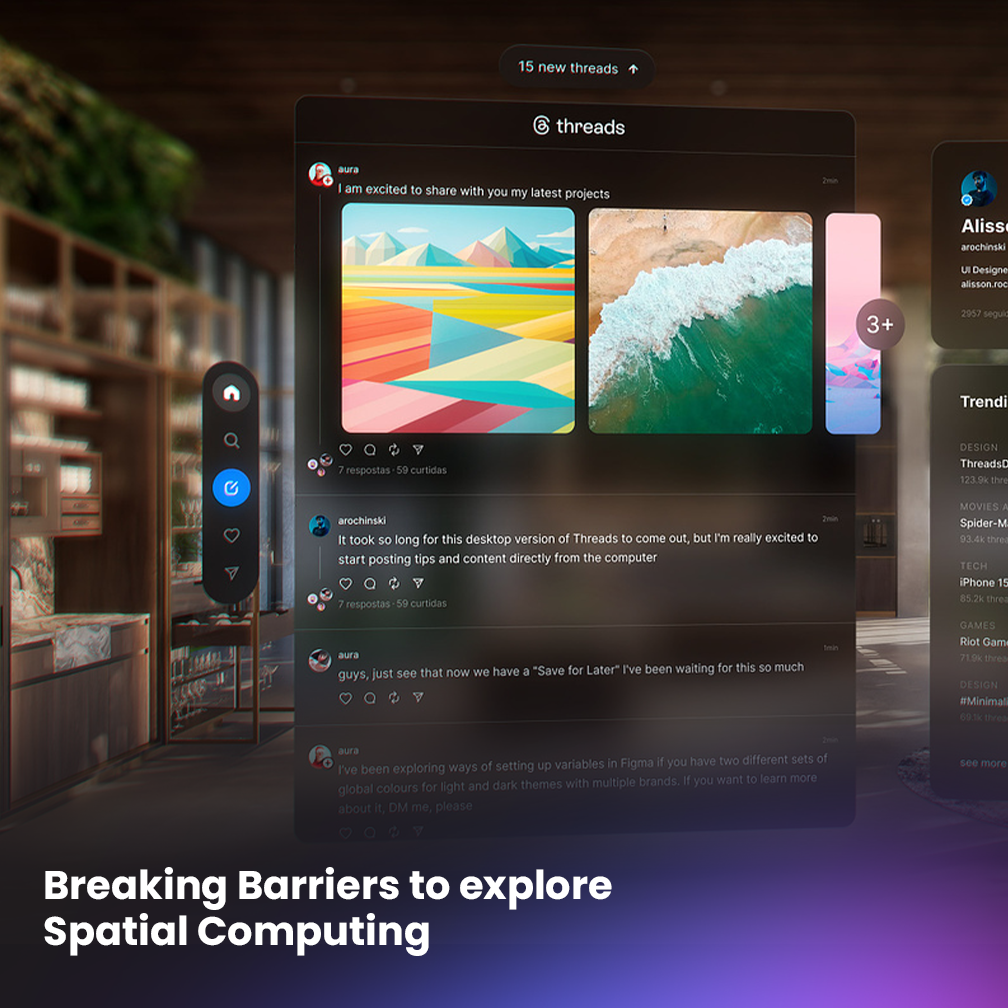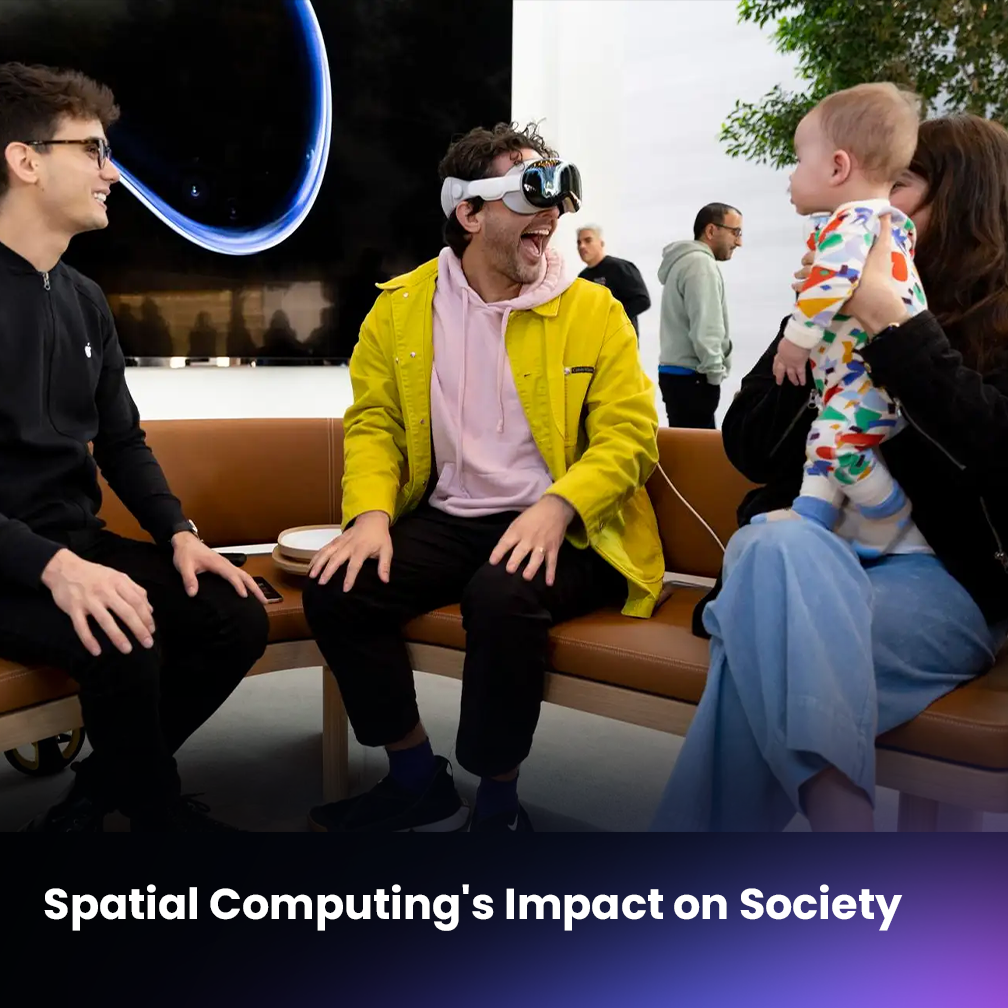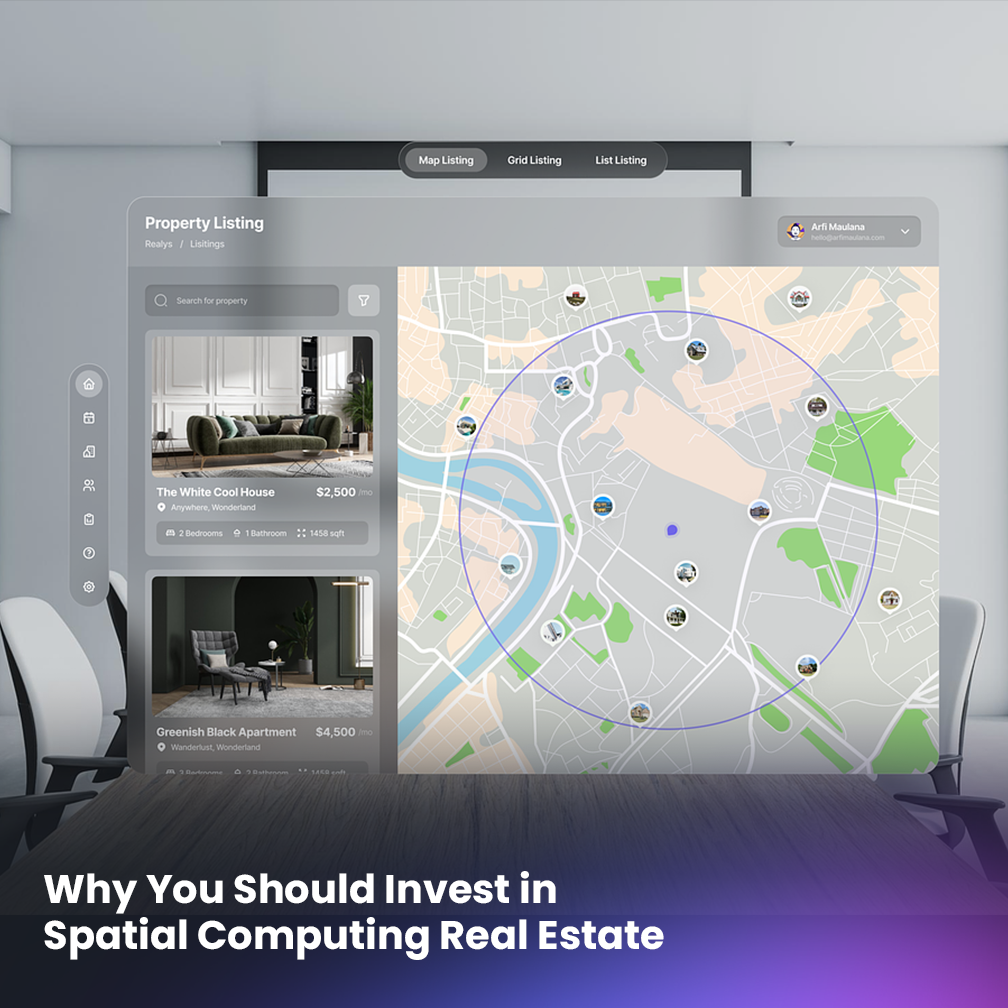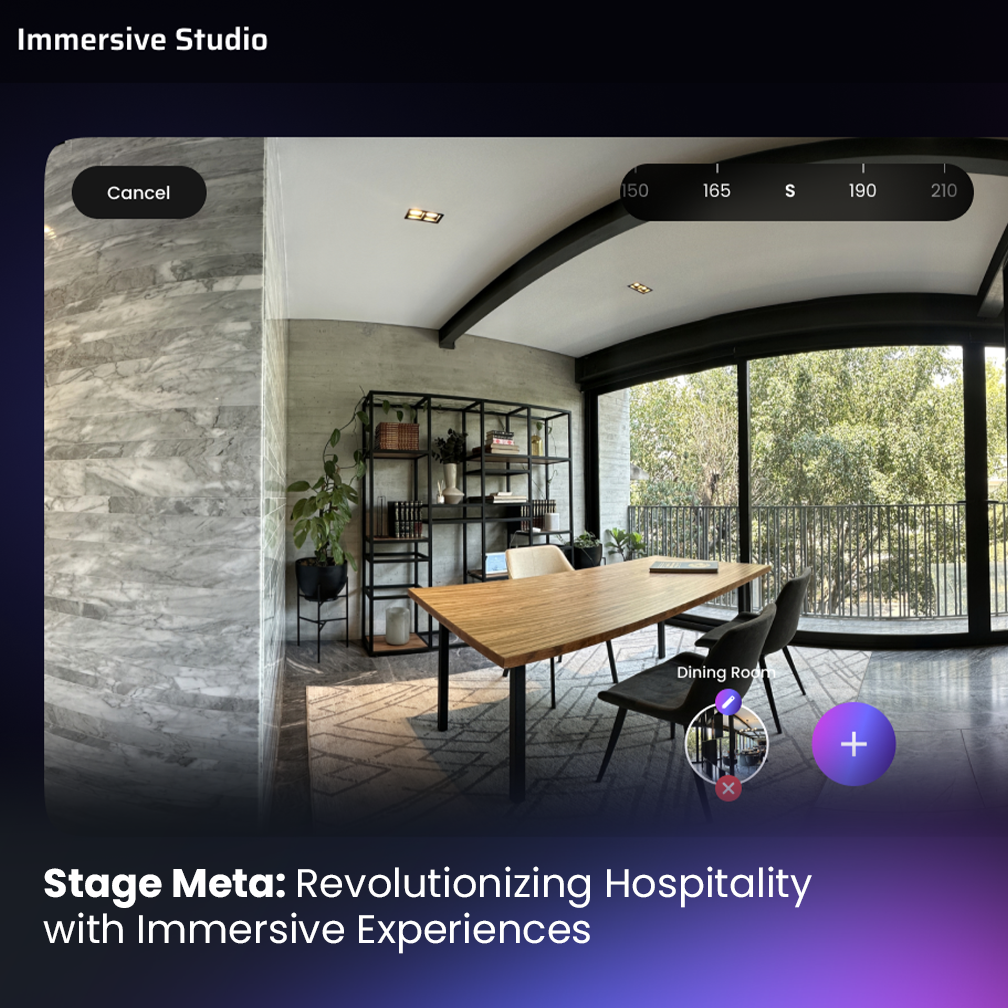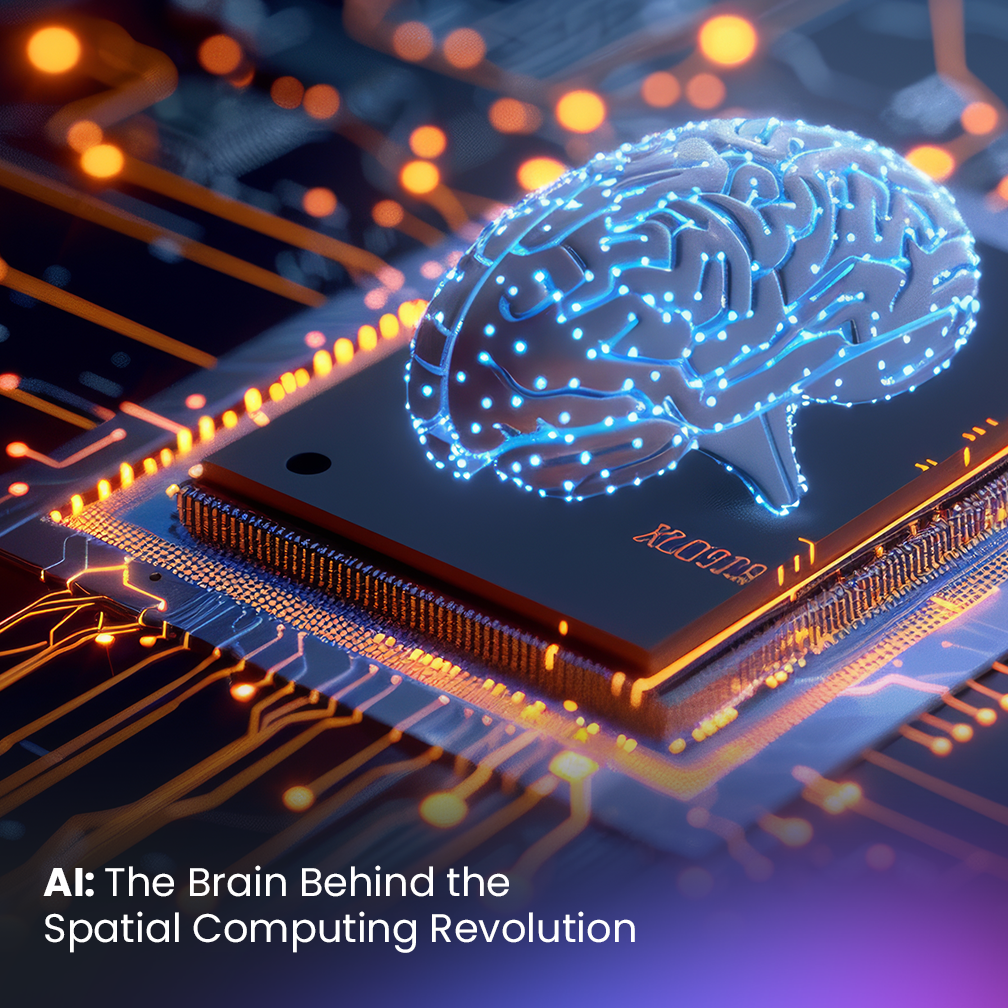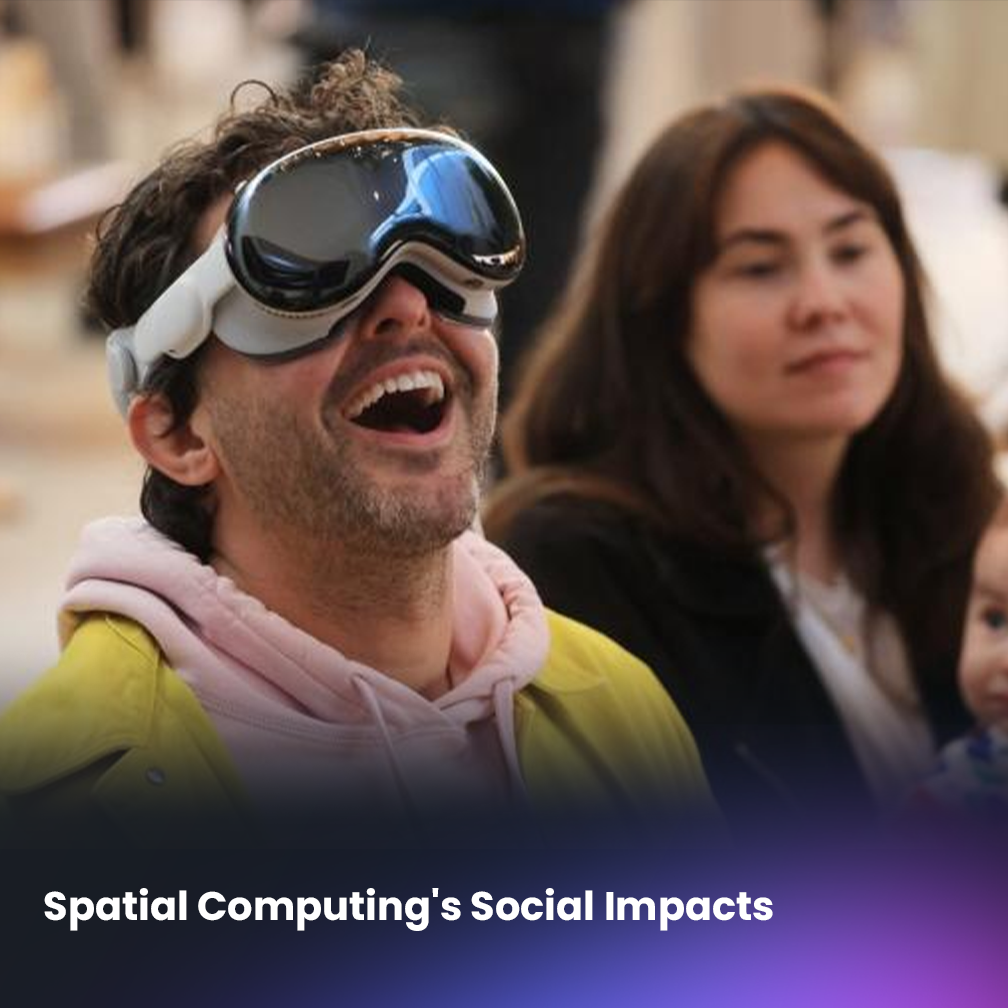
Estimated reading time: 6 minutes
Spatial computing is the next ‘big thing’ in the realm of technology, and it has the potential to provide social benefits that can improve our lives. Spatial computing social impacts can revolutionize our interactions and even reshape our community.
Powered by Augmented and Virtual Reality, spatial computing can enable a level of social interaction that would not be possible in the physical world.
In this article, we will take a look at the social impacts of spatial computing and how it can change our daily lives; for the better or worse.
What is Spatial Computing?
Before we dive into the impacts of spatial computing on our day-to-day lives, let’s give you a description of what spatial computing is in order to understand its nature.
Spatial computing is a virtual reality that exists within our physical reality. In other words, it consists of virtual worlds in which we, as users, interact with one another with the help of avatars.
Spatial computing is an innovative concept since it is far beyond the experience we already have with technology. Thanks to technologies such as AR (augmented reality) and VR (virtual reality), spatial computing offers an immersive experience that allows users to engage better with the virtual world.
In the future, spatial computing might become vast digital worlds interconnected with Teleport Plaque Addresses. These virtual worlds can be parallel to our physical world, offering similar experiences to the ones we already have but in virtual reality.
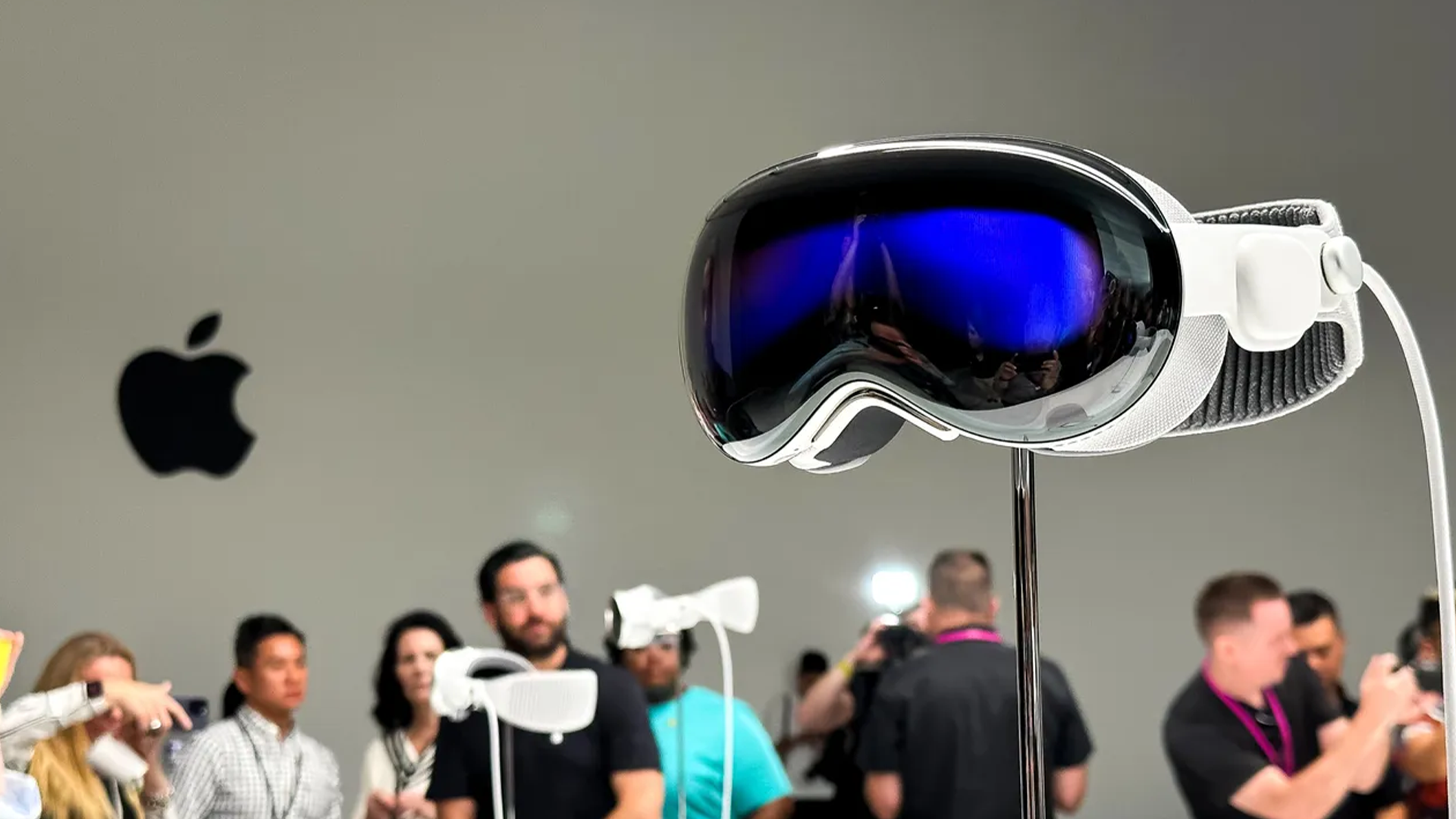
Considering its immersive nature, spatial computing’s social impacts are unavoidable.
Here are some elements and features of spatial computing that can help you understand it even more:
- Spatial computing is not a singular entity, which means companies are able to create their own spatial computing space.
- In spatial computing, people can have virtual identities and use them to interact with one another.
- In spatial computing, you can create, invest, buy, and sell in a fully functional and virtual economy powered by cryptocurrencies and digital or spatial assets.
- Businesses and individuals can create their unique content and experience in spatial computing.
- Spatial computing exists in real-time and never shuts down.
- Using augmented and virtual realities, spatial computing creates an immersive experience for users.
What are Spatial Computing’s Social Impacts?
Spatial computing has great power to shape the way we interact with each other. Spatial computing has the potential to bring about advancements to societies and offers greater accessibility for everyone around the world. But aside from all the positive aspects of spatial computing social impacts, we must consider its potential negative aspects as well.
Let’s take a deeper dive into how this new technology can change our world for the better and outline some concerns and challenges we need to consider.
Spatial Computing’s Positive Social Impacts
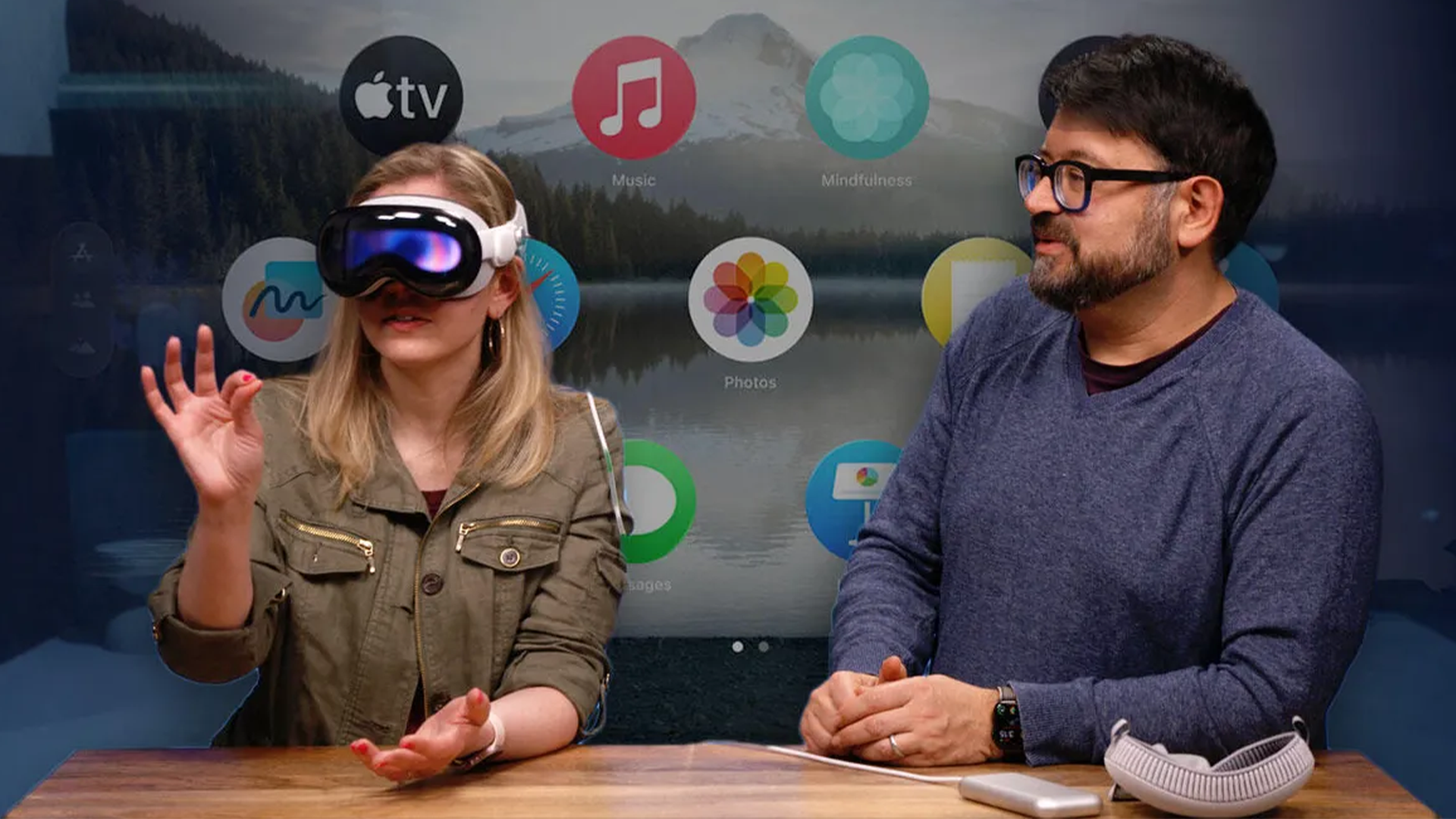
Although spatial computing is still in its early stages, it is predicted that spatial computing might redefine the future of communications.
We live in a world of geographical and financial barriers. Even though the advent of the internet has lifted these barriers to some extent, we are still bound by such limitations. However, spatial computing is here to help us experience a borderless, unlimited virtual world.
Here are some of spatial computing’s social impacts on various sectors.
Spatial Computing and Education
Education is expected to be highly affected by spatial computing technology. With the help of spatial computing, teachers would be able to explain and demonstrate complex ideas. Students would also be able to do virtual experiments that might be dangerous or not feasible in the real world. This could enable greater interaction and deeper understanding.
In addition, students will be able to visit places virtually without leaving the classroom. Imagine them learning about Ancient Romans in spatial computing and truly experiencing the historical moments they are studying.
Also, with the help of spatial computing, students around the globe would have the democratic chance to access a world-class education.
Spatial Computing and Health
Aside from education, other areas where spatial computing could have social impacts is in the health sector.
One of the main impacts of spatial computing would be VR-powered medical training. Medical training would become more affordable if medical technologies that teach on spatial computing became more present in schools and hospitals.
As an example, virtual operating rooms could allow students and surgeons to practice complex procedures and refine accuracy with limited risks.
Augmented reality implemented in spatial computing can also improve doctors’ vision, provide easier access to information, and improve surgical precision in actual operations.
Finally, there is a myriad of VR and AR wellness apps available to us. For example, you can do guided yoga using augmented reality.
Spatial Computing and Tourism
Spatial computing social impacts on the tourism sector would also be considerable.
Hotels are already using VR technology as a marketing tool by creating immersive experiences for visitors. As tourists, we can take VR excursions all over the world without the need to even leave our homes.
In other words, in spatial computing, we’ll be able to go virtually anywhere in the world just by wearing a headset.
In addition, when physically traveling to a destination, we will also have access to guided augmented reality tours that will enhance our travel experiences and help us learn more about our surroundings.
The Spatial Computing’s Negative Social Impacts

As we discussed above, spatial computing has the potential to bring about many positive changes to the way we live, but it also has a number of challenges and risks that definitely need to be studied and addressed.
We need to understand that without the required policy mechanisms and awareness, spatial computing could have negative impacts that could potentially limit its positive benefits. Here are some of the challenges to consider.
- Privacy – spatial computing would potentially collect data such as eye-tracking, personal preferences, and physical movements. We need to think of ways to protect our privacy and personal data.
- Health issues – digital addiction is one of the main concerns of spatial computing. Also, conditions such as VR hangovers, headaches, and dizziness after using virtual headsets are common issues needing to be addressed.
- Legal issues – when we examine spatial computing’s social impacts, we consider it parallel to our physical world. So, we also need to sort out the regulatory issues of spatial computing, like when someone commits a crime in spatial computing.
- Addiction – like the internet itself, spatial computing can also be very addictive. The immersive nature of spatial computing would allow users to do things that are impossible in the real world. This can cause addiction as people can become detached from the real world and reluctant to make real human interactions.
